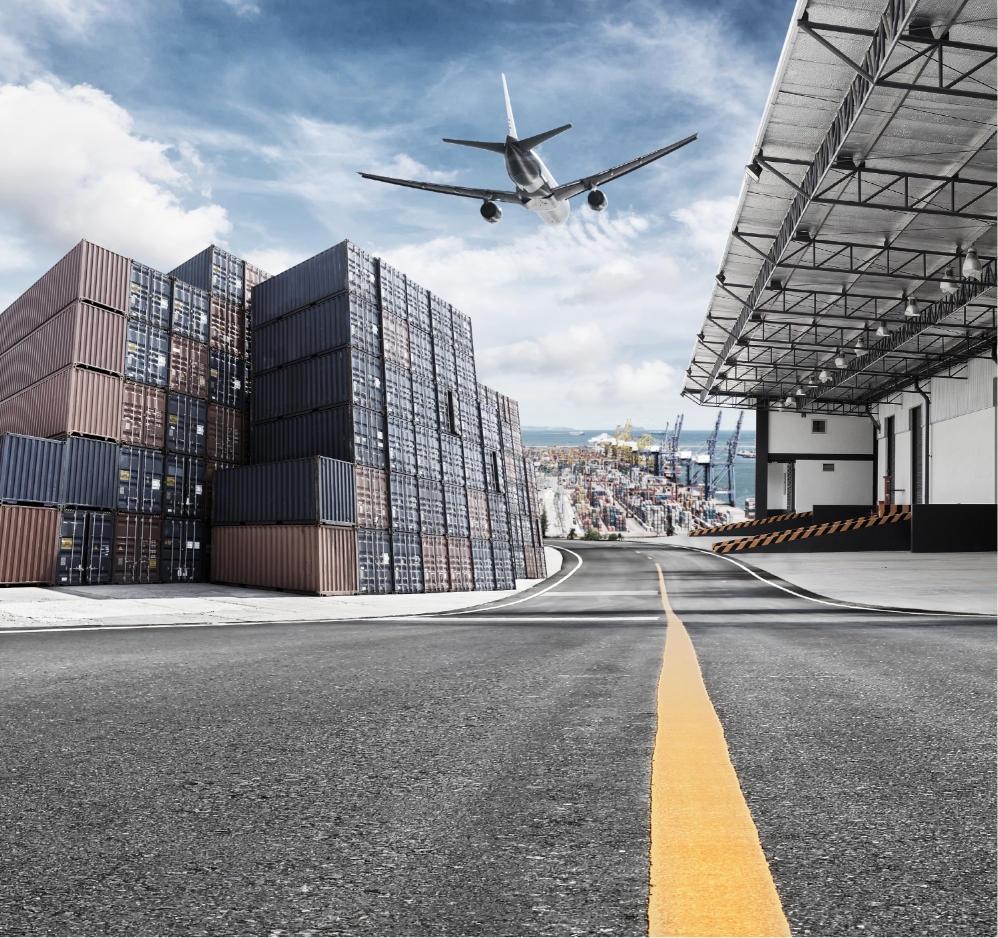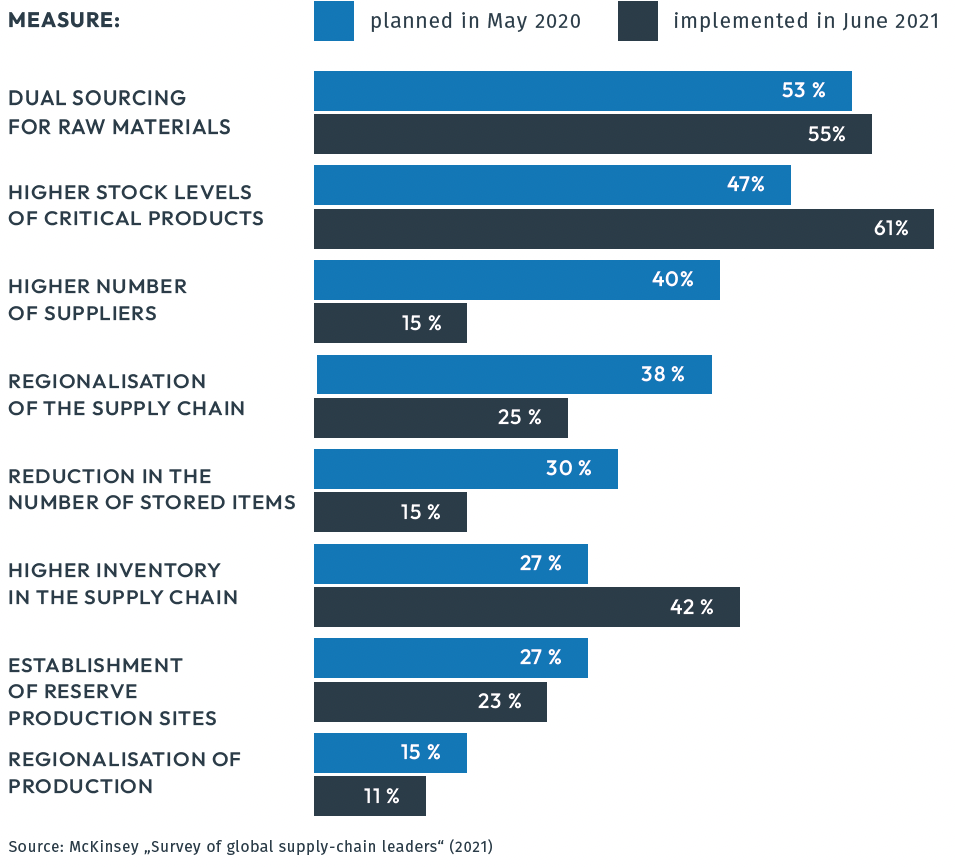Recent studies show that most companies have done too little for stable supply chains. Our guide helps supply chain managers increase the resilience of their supply chain in no time!
Download the guide here and benefit from the following contents, among others:
- “Lockdowns, blockades, supply bottlenecks, war” -.
Supply chains are shaken by one state of emergency one after the other. - Well-founded studies (e.g. McKinsey study) show gaps for the resilience; furthermore INTES & WiWo article.
- The following X steps support you in strengthening the
resilience.









